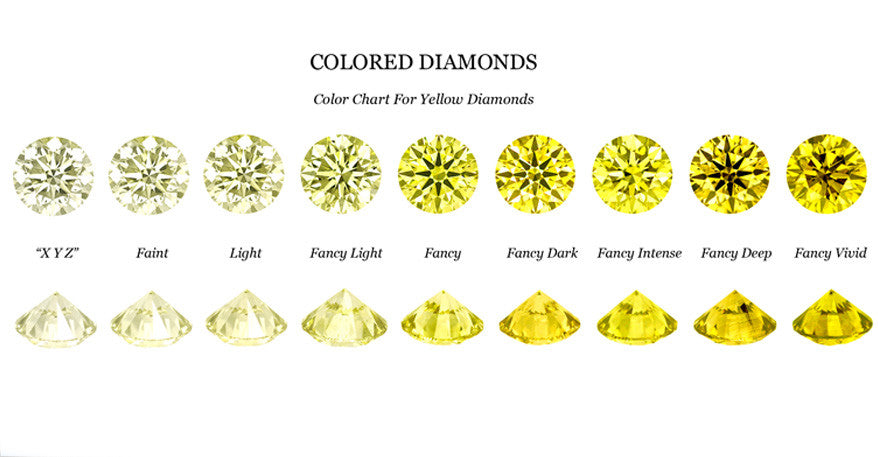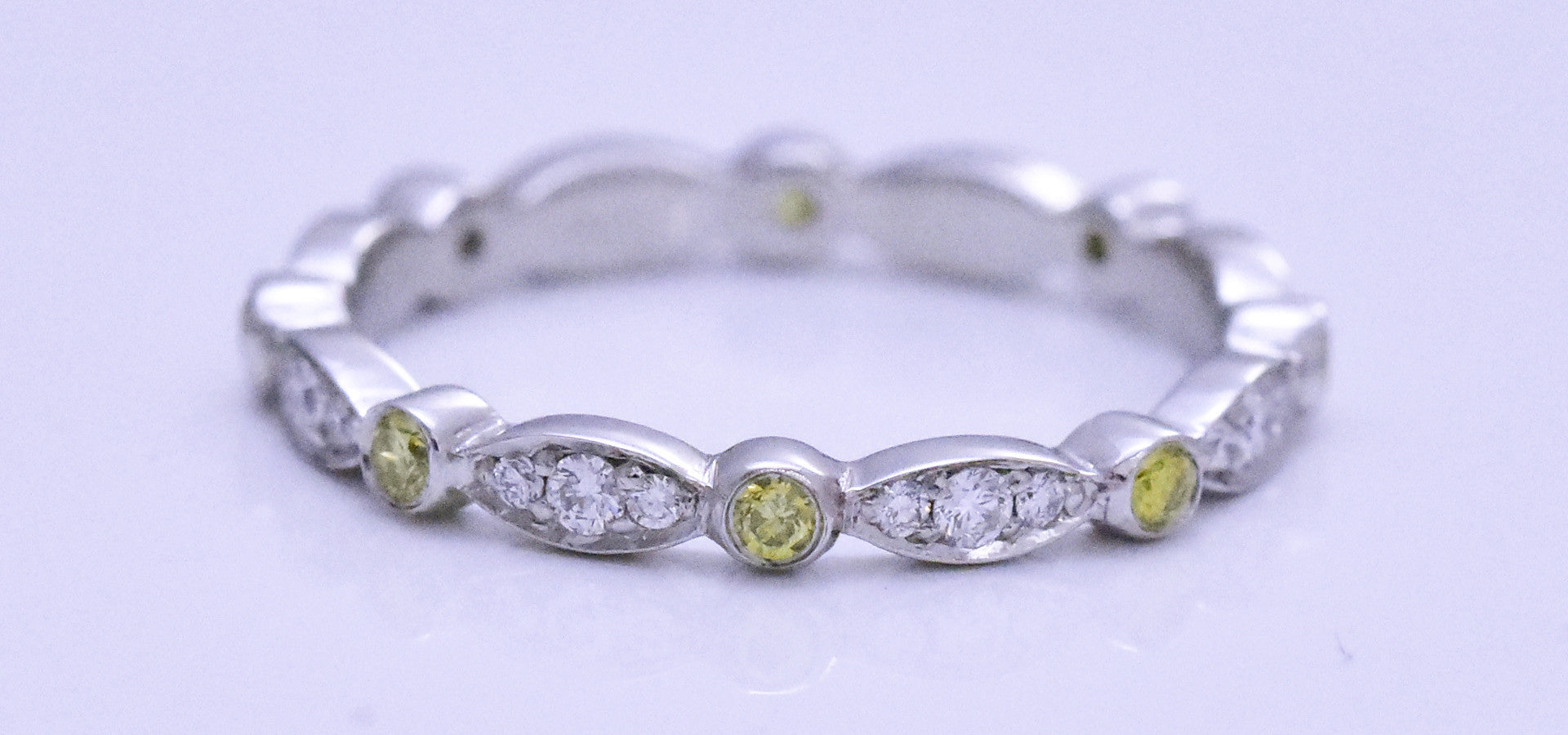The first diamonds to ever be discovered were in India 4000 years ago, but it was not until the late 19th century when miners also found them in South Africa. Today, diamonds are found in all parts of the world, and some of the major producing countries include Russia, Australia, Brazil and Tanzania, to name a few! These unique stones are seen to be symbols of strength, courage, and invincibility.
| http://www.info-diamond.com/rough/map.html |
Diamonds come in all different cuts and weights, and some of the largest stones are cut and set into beautiful pieces of jewellery. Take The Hope Diamond for example, this is one of the most expensive stones to be discovered, weighing 45.2 carats. The dark, grey blue diamond was found in India, and is worth a massive $250 million!
So, what gives these unique coloured diamonds their value? Fancy coloured diamonds have a deep and distinct colour, 300 individual colours have been identified so far, all ranging in infinite, unique hues and shades. Unlike colourless and near colourless diamonds, which are valued for their transparency, fancies are valued for their intensity and distribution of colour. The most intense coloured diamonds are extremely rare and tend to come in the form of small stones weighing less than a carat.

How are these colours formed? Geology! Yes, the formation of colour is a natural process. They are formed under various conditions alongside other elements which are present during the formation of them and add to the diamonds unique features. Carbon atoms can effect the colour, as well as radiation, which can also distort the diamonds structure, and in turn effects the colour of the diamond. Overall, hue, saturation, tone, and distribution determine the price. The hue of the diamond is the dominant colour, such as green, yellow, blue, or pink, which tend to have tints that cast into other colour categories. The tone refers to how dark or light the diamond appears to be. Saturation represents the strength of the hue, and lightly toned stones vary from light, to intense, to vivid. Finally, distribution is how much of the colour is spread across the body of the stone. All these factors play an important part in the value of a coloured diamond.

| http://4cs.gia.edu/en-us/blog/pink-is-a-premium-at-jewelry-auctions/ |
The most known fancy colours are yellow, orange, brown, blue, pink, purple, violet and green. However Yellow, Orange and Brown diamonds, are the mostly common in their filed, these diamond gain their colour from the presence of nitrogen in varying quantities; this can also causes violet tones to be formed. Blue is caused by the presence of boron. Pink and purples are formed by graining, and the different shades of pink are formed by different levels of graining. Finally, the greens derive their colour from exposure to gamma rays deep below the earth surface over the duration of many years and the atoms within the diamond become displaced due to the radiation. The latter colours hold a much higher price-point as they are in less abundance.
So how is the intensity of the coloured diamonds, which also gives them their value, graded? There are multiple certified organisations that grade diamond however we only work with It GIA stones. The Gemological Institute of America, use the following grades to determine the intensity, faint being the least and fancy deep being the opaquest.
Faint
Very Light
Light
Fancy light
Fancy
Fancy intense
Fancy vivid
Fancy dark
Fancy deep
Fancy yellow
The image below shows a selection of pear cut yellow diamonds in various grades we sourced for a recent bespoke commission. The top stone is a ‘fancy vivid colour’; the central a ‘fancy intense’ stone, and the bottom a ‘fancy light’. As the image shows, the colour differences are quite notable. In this instance, we created the clients unique engagement ring using the fancy light pear cut diamond.
Coloured diamonds don’t always have to be the central stone, another bespoke piece we worked on, we complimented an engagement ring with a yellow diamond and white diamond eternity band.
Although all coloured diamonds are graded in terms of value, we believe that personal preference is also a huge factor. A fancy and vivid yellow may be more expensive, but equally the colour may be too intense for certain designs and tastes. We encourage our clients to select stones that meet their criteria but also hold an unknown affiliation with them. Gemstones are also a great way to bring colour into a bespoke commission and hold a lower price point than that of coloured diamonds.












